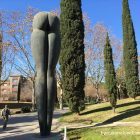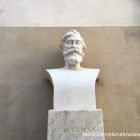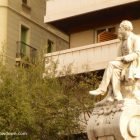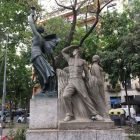Barcelona’s best-known park, El Parc de la Ciutadella, takes its name from the fortress which once occupied the site. Built immediately after the War of the Spanish Succession to dominate the fallen city, the citadel became a symbol of oppression that was hated by the people of Barcelona.
In 1869 the government of General Joan Prim handed the fortress over to the city, on the condition that it would be torn down and a public park built on the land. In 1887 a monument paying homage to the general was installed at the entrance to the park, a symbol of the city’s gratitude.
However, Spanish politics is rarely straightforward and the statue was torn down by anarchists in 1936 and more recently came under scrutiny due to Prim’s association with the slave trade.

Who was General Prim?
Joan Prim I Prats was born in Reus, 100km south-west of Barcelona, on the sixth of December 1814. When he was twenty years old, he joined the army and was quickly promoted to the rank of Lieutenant Colonel.
After the First Carlist War and a short period in exile, Prim turned his hand to politics and in 1841 was elected deputy of Tarragona. A few years later, his political views led to him being forced into exile once again before returning to Spain where he held a series of important political and military roles.
Upon returning from exile, he was instrumental in the expulsion of Baldomero Espartero from Spain. After Espartero was expelled, the new Spanish government appointed Prim as the military governor of Barcelona with the task of suppressing a popular rebellion called la Jamancia. After initially being forced out of the city, Prim’s troops bombed Barcelona from Montjuïc castle and the citadel for a month until the rebels finally surrendered.
His success in Barcelona was followed by accusations of conspiracy and Prim spent a brief spell in jail. After being released from prison he was appointed Governor of Puerto Rico where he brutally put down rebellions by slaves.
After being relieved of his post in 1848, Prim returned to Spain where he turned his hand to politics once again, this time defending the interests of Catalan industrialists in Madrid.
From 1849 to 1851 Prim commanded Spanish troops in the war with Morocco. Victories at Castillejos and Tetuan led to him being given the titles of Marquess of los Castillejos and Grandee of Spain.
In 1861 he led the Spanish contingent of the European expedition to Mexico which aimed to force Benito Júarez to honour the country’s foreign debts. Prim, whose wife was Mexican, didn’t agree with France’s military ambitions and began negotiations which led to the signing of a series of treaties called the Convention of La Soledad.
In 1862 Prim joined the Progressive Party and conspired to overthrow Queen Isabella with the intention of installing a democratic monarchy. In 1869 Prim became president of the Spanish government and favoured the election of the Duke of Oasta as the King of Spain.
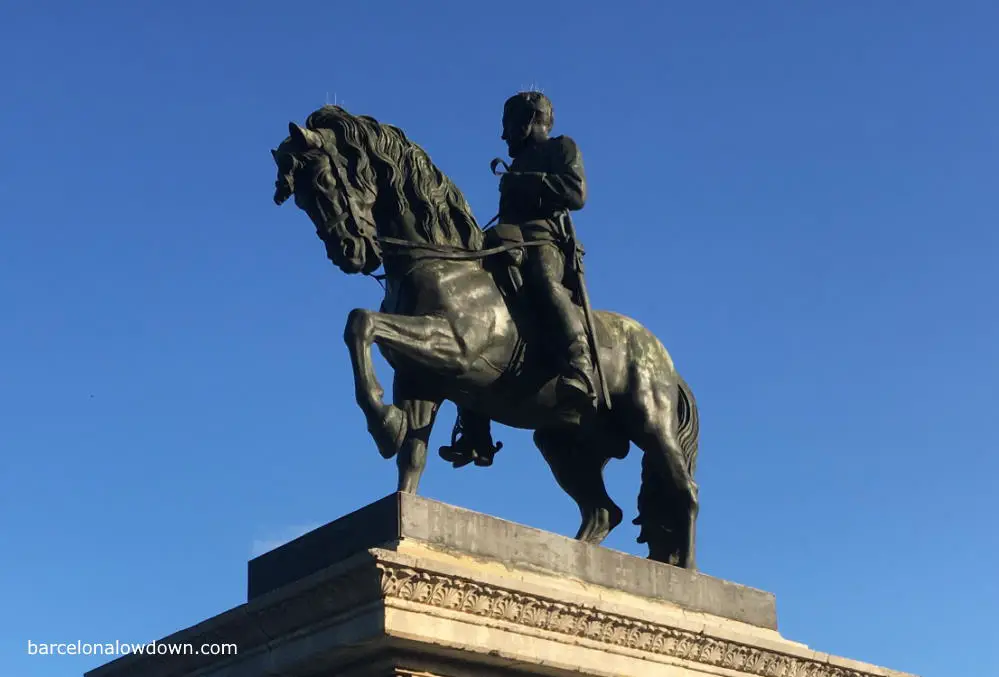
On the twenty-eighth of December 1870, Prim was attacked and shot several times as he left his home on his way to parliament. Despite the fact that his wounds initially didn’t appear to be too serious, he died at his home three days later.
To this day, the circumstances surrounding the attack and cause of death remain shrouded in mystery. In 2012 Prim’s body was disinterred and an autopsy was performed revealing signs of strangulation. They also found a wound in the general’s back which wasn’t mentioned in the original autopsy which had been conducted more than a century earlier.
The Equestrian Statue of General Prim
The monument to General Joan Prim was inaugurated in 1887, seventeen years after he was assassinated in Madrid.
The general is portrayed on horseback in military uniform, his cap in hand in a sign of reverence. As far as military statues go, it’s a pretty relaxed pose that was presumably designed to highlight the General’s role as a political leader.
The statue sits atop a large rectangular plinth that is flanked by two bronze reliefs depicting Prim’s most significant military victories. The first shows him leading troops in the Battle of Castillejos. The other represents the signing of the Convention of la Soledad which led to the withdrawal of Spanish troops from Mexico in 1862.
The original monument was a created by Lluís Puiggener i Fernández in collaboration with Josep Colomé who built the base. Ironically, part of the metal used to create the statue came from mortars which were taken from the castle on Montjuïc.
During the Spanish Civil War, the statue was torn down by an anarchist group as a reprisal for the month-long bombardment of Barcelona that the General had ordered in 1843. The monument was melted down and used to make arms for the Republicans.
After the war, the statue was replaced by a replica by Frederic Marès based on a model of the original statue that was stored in the MUHBA museum.
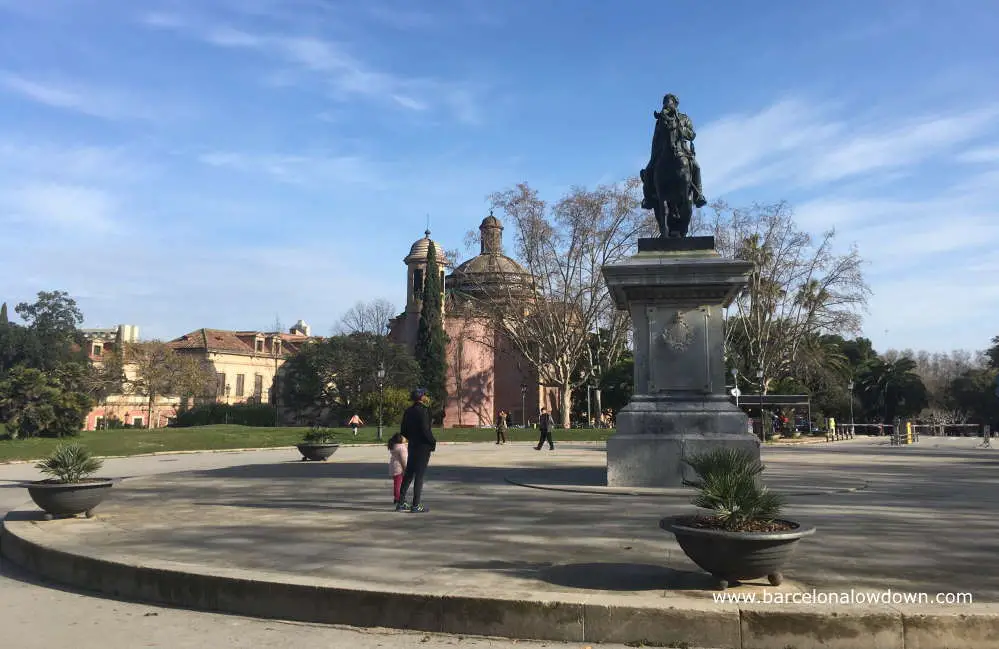
Location
The monument to General Prim is located in Ciutadella Park near the entrance to Barcelona Zoo.
How to get there
The nearest metro stations are Arc de Triomf on the red line (L1) and Jaume I and Ciutadella Via Olimpica on the yellow line (L4). Tram T4 also stops nearby.
Other attractions nearby
- Ciutadella Park
- Barcelona Zoo
- Homage to Picasso (monument)
- The Born Cultural and Memorial Centre
- Basilica of Santa Maria del Mar
Map
Passeig dels Til·lers, s/n, Barcelona

